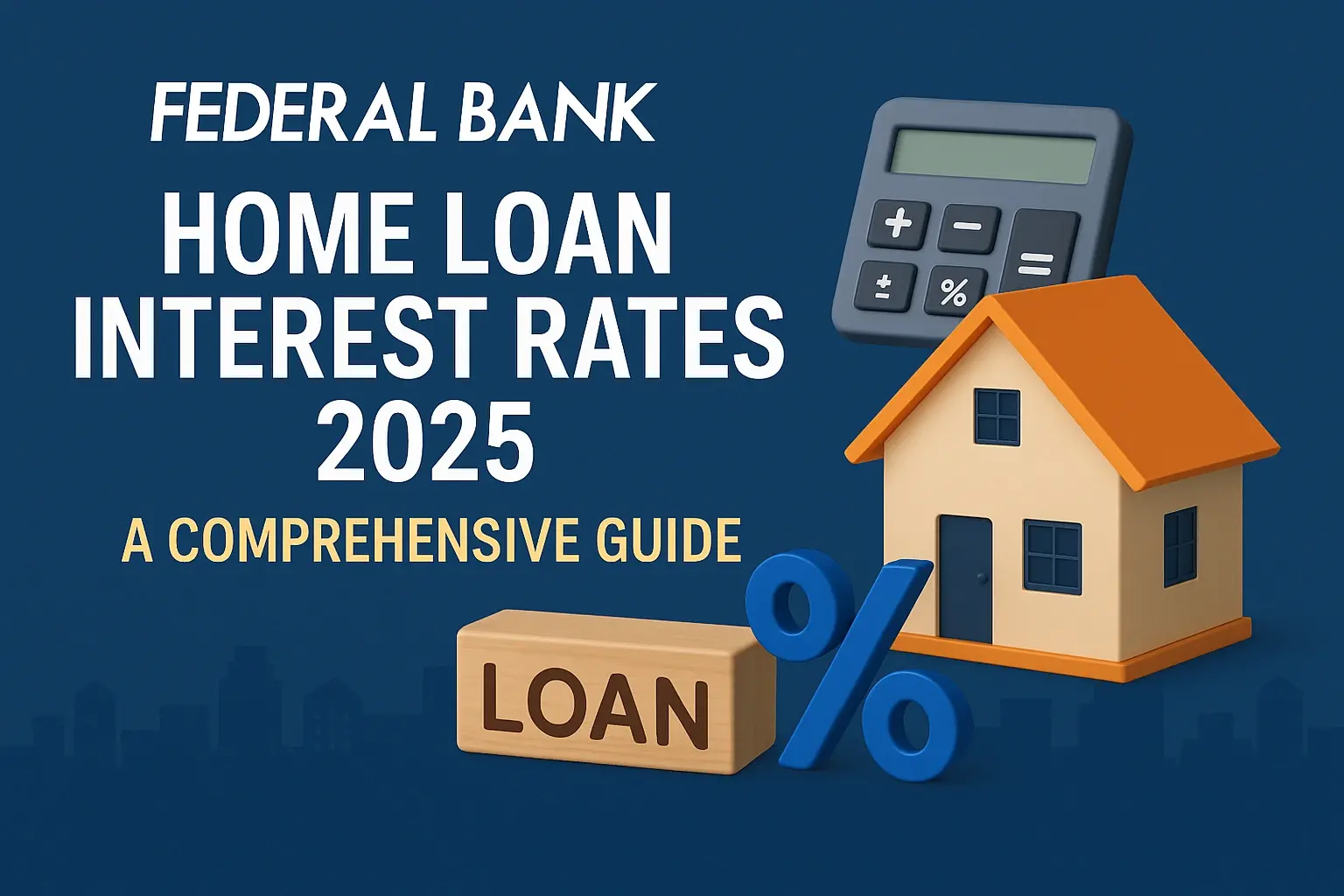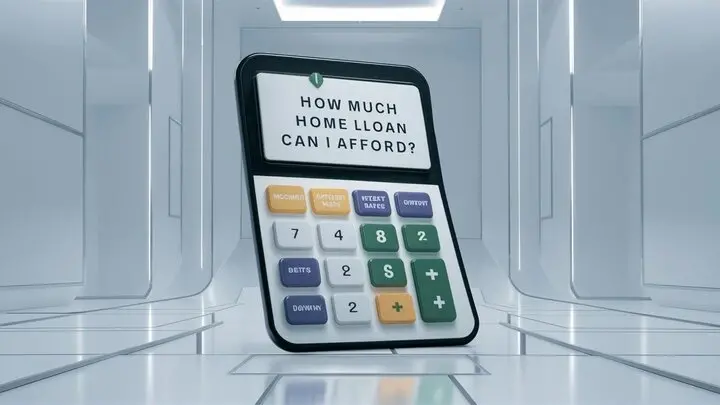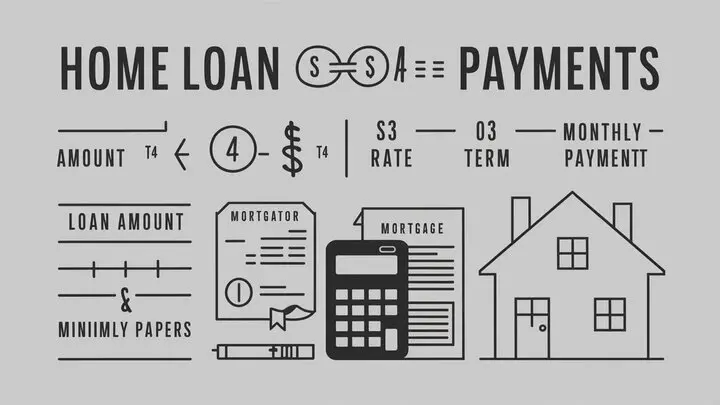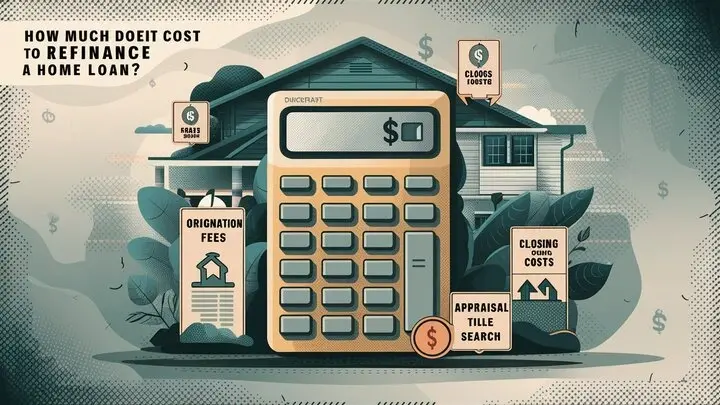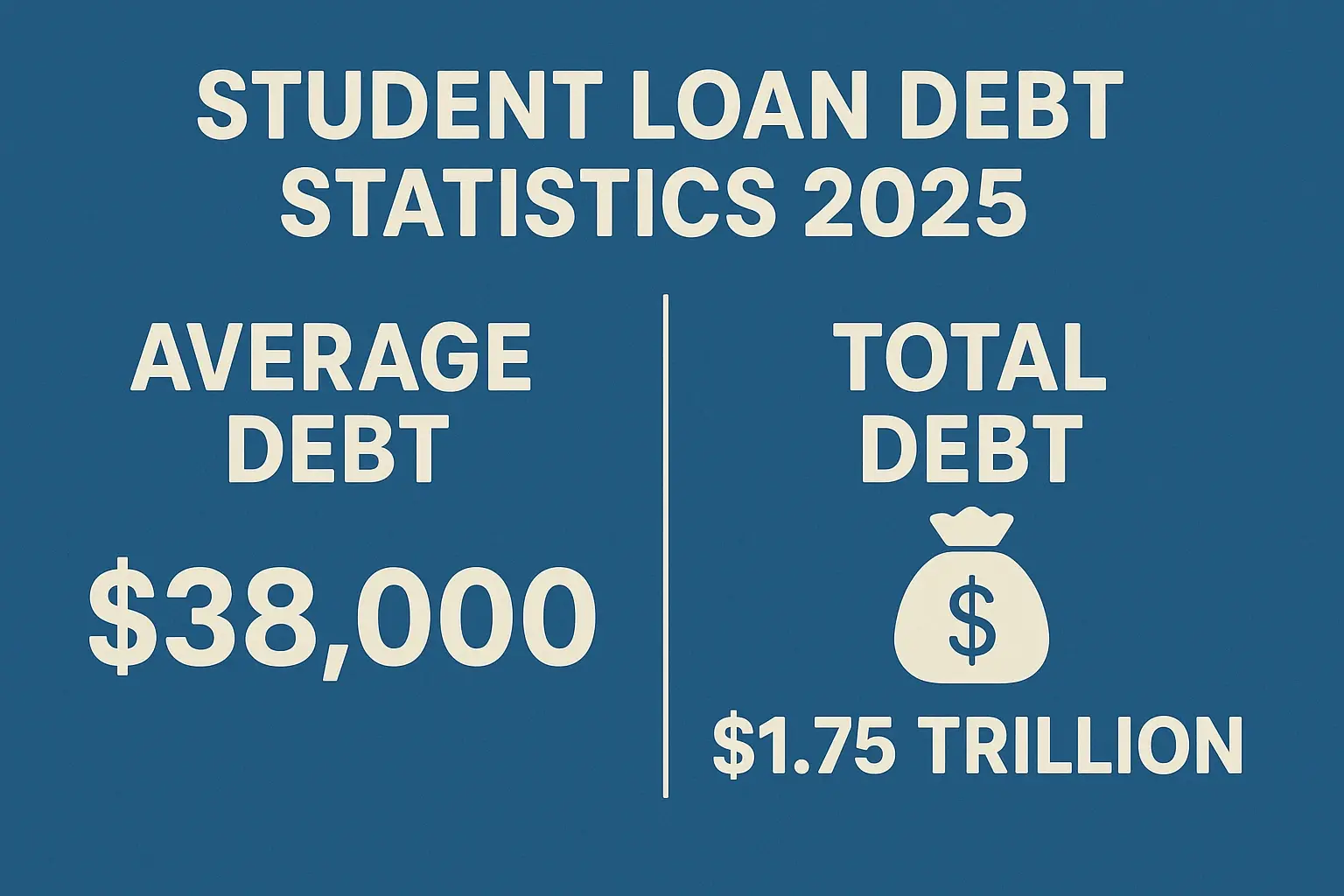-
Posted on: 13 Jul 2024
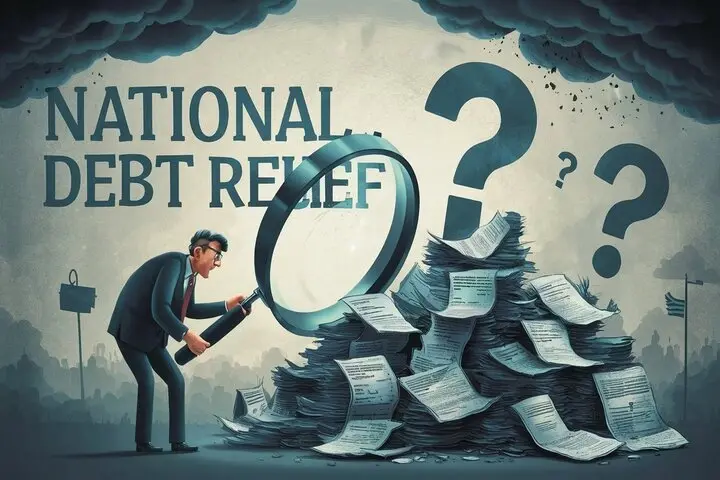
-
Facing overwhelming debt can be a daunting experience. The promise of a quick fix through national debt relief programs can be incredibly appealing. However, it's crucial to understand that not all debt relief options are created equal, and some may be scams. This article explores the legitimacy of national debt relief, potential risks, and how to navigate this complex landscape to find ethical and effective solutions.
What is National Debt Relief?
The term "national debt relief" is often used broadly to describe various programs and services aimed at helping individuals reduce or manage their debt. These programs can range from legitimate debt management plans to potentially harmful debt settlement options and outright scams. It's important to distinguish between them.
Types of Debt Relief Programs
Several types of debt relief programs are available, each with its own set of advantages and disadvantages:
- Debt Management Plans (DMPs): These plans, typically offered by non-profit credit counseling agencies, involve working with a counselor to create a budget and repayment plan. The agency may negotiate lower interest rates with creditors, making it easier to pay off debt.
- Debt Consolidation Loans: This involves taking out a new loan with a lower interest rate to pay off existing debts. This simplifies repayment by combining multiple debts into a single monthly payment.
- Debt Settlement: This involves negotiating with creditors to settle debts for less than the full amount owed. This can be risky, as it may negatively impact your credit score and is not always successful.
- Bankruptcy: A legal process that can discharge certain debts. It has significant consequences for your credit and financial future.
- Credit Counseling: Offers guidance on budgeting, managing finances, and understanding debt relief options. It can be a good starting point for addressing debt problems.
Is National Debt Relief Legitimate? Separating Fact from Fiction
The legitimacy of national debt relief depends heavily on the specific program and the company offering it. While some debt relief options are legitimate and can be helpful, others are scams that can leave you in a worse financial situation. Here's a breakdown of what to look for:
Warning Signs of Debt Relief Scams
Being aware of common red flags can help you avoid debt relief scams:
- Upfront Fees: Legitimate debt relief companies typically don't charge fees until they've successfully negotiated a settlement or provided a service. Be wary of companies that demand upfront payments.
- Guaranteed Results: No debt relief company can guarantee specific results. Be skeptical of promises that sound too good to be true.
- High-Pressure Sales Tactics: Scammers often use aggressive sales tactics to pressure you into signing up quickly.
- Unrealistic Claims: Claims of eliminating debt entirely or significantly reducing payments without any consequences should raise red flags.
- Lack of Transparency: Be wary of companies that are not transparent about their fees, services, and potential risks.
Characteristics of Legitimate Debt Relief Programs
Legitimate debt relief programs typically have the following characteristics:
- Clear and Transparent Fees: They clearly disclose all fees and charges upfront.
- Realistic Expectations: They provide realistic expectations about the potential outcomes of the program.
- Accreditation and Licensing: They are accredited by reputable organizations and licensed to operate in your state. (Check with your state's Attorney General or consumer protection agency).
- Comprehensive Counseling: They offer comprehensive financial counseling to help you understand your options and make informed decisions.
- Positive Reviews and Testimonials: They have positive reviews and testimonials from satisfied clients. (However, be cautious of fake reviews.)
Navigating Debt Relief Options: A Step-by-Step Guide
If you're considering debt relief, follow these steps to make informed decisions:
1. Assess Your Financial Situation
Before exploring debt relief options, take a close look at your income, expenses, and debts. Create a budget to understand where your money is going and identify areas where you can cut back. This will help you determine the best course of action for managing your debt.
2. Research Different Debt Relief Options
Learn about the different types of debt relief programs available, including debt management plans, debt consolidation loans, debt settlement, and bankruptcy. Understand the pros and cons of each option and how they might impact your credit score and financial future.
3. Check the Company's Credentials
If you're considering working with a debt relief company, verify their credentials. Check with your state's Attorney General or consumer protection agency to see if they are licensed and have any complaints against them. Look for accreditation from reputable organizations like the National Foundation for Credit Counseling (NFCC).
4. Read Reviews and Testimonials
Read reviews and testimonials from other clients to get an idea of their experience with the company. However, be cautious of fake reviews. Look for reviews on multiple websites and check for patterns of complaints.
5. Understand the Terms and Conditions
Before signing up for any debt relief program, carefully read the terms and conditions. Understand the fees, services, and potential risks involved. Don't hesitate to ask questions and seek clarification on anything you don't understand.
6. Seek Professional Advice
Consider seeking advice from a qualified financial advisor or credit counselor. They can help you assess your situation, understand your options, and make informed decisions about managing your debt. Look for non-profit credit counseling agencies that offer free or low-cost services.
Alternatives to National Debt Relief Programs
Before turning to a debt relief program, consider alternative strategies for managing your debt:
- Budgeting and Expense Reduction: Creating a budget and reducing expenses can free up more money to pay down debt.
- Negotiating with Creditors: Contact your creditors to see if they are willing to lower your interest rates or offer a payment plan.
- Balance Transfers: Transferring high-interest debt to a credit card with a lower interest rate can save you money on interest charges.
- Debt Snowball or Debt Avalanche: These are debt repayment strategies where you prioritize paying off either the smallest debts first (snowball) or the debts with the highest interest rates first (avalanche).
The Importance of Protecting Your Credit
Many debt relief programs, particularly debt settlement, can negatively impact your credit score. A lower credit score can make it difficult to obtain loans, rent an apartment, or even get a job. Consider the long-term consequences of debt relief on your credit before making a decision.
Building or Repairing Your Credit
If you're concerned about your credit score, focus on building or repairing your credit. This involves paying bills on time, keeping credit card balances low, and avoiding new debt. You can also consider using a secured credit card or credit-builder loan to improve your credit history.
Government Resources and Consumer Protection
Several government agencies offer resources and protections for consumers facing debt problems:
- Consumer Financial Protection Bureau (CFPB): The CFPB provides information and resources on debt relief, credit reports, and other financial topics. They also take action against companies that violate consumer protection laws.
- Federal Trade Commission (FTC): The FTC enforces consumer protection laws and investigates debt relief scams. They offer resources on how to avoid being scammed.
- Your State Attorney General: Your state's Attorney General's office can provide information on consumer protection laws and investigate complaints against debt relief companies.
Conclusion: Making Informed Decisions About Debt Relief
Dealing with overwhelming debt can be stressful, but it's important to approach debt relief with caution. While some national debt relief programs are legitimate and can provide assistance, others are scams that can worsen your financial situation. By understanding the different types of debt relief options, recognizing the warning signs of scams, and seeking professional advice, you can make informed decisions and find the right solution for your needs. Remember to prioritize protecting your credit and explore alternative strategies for managing your debt before turning to a debt relief program.

